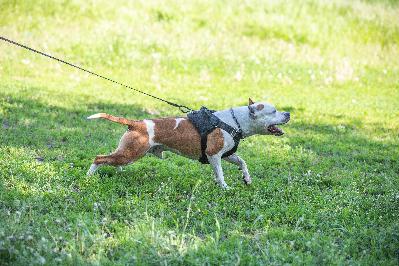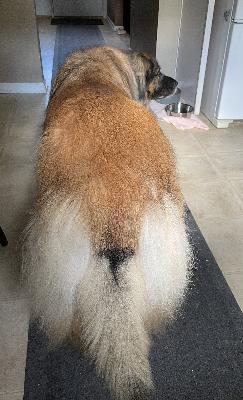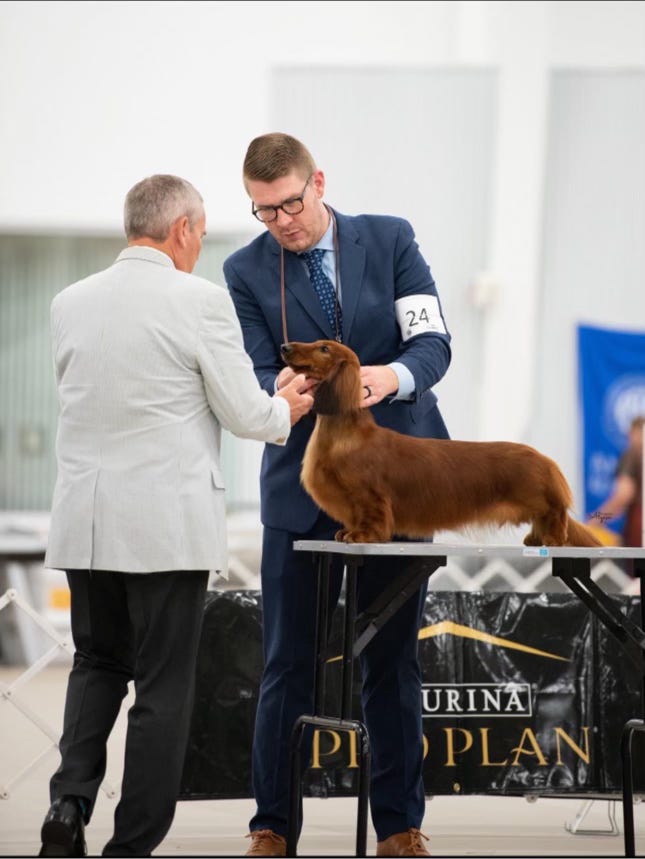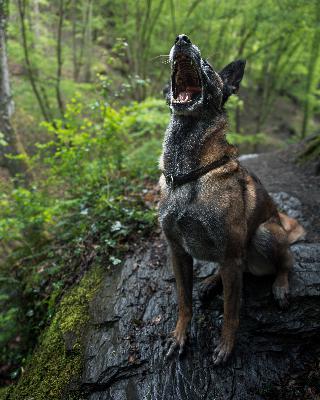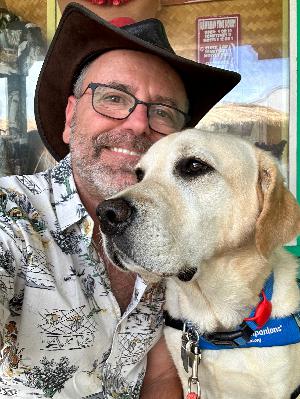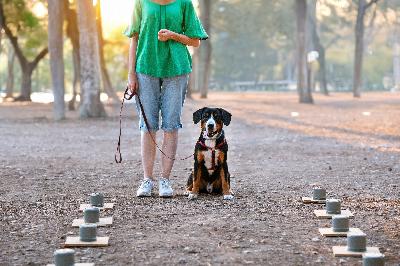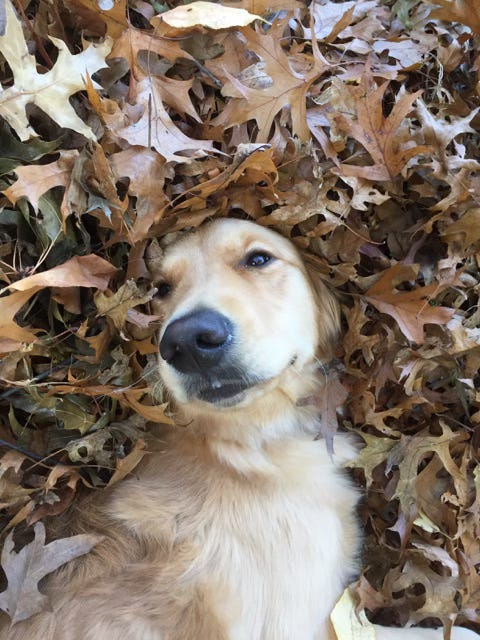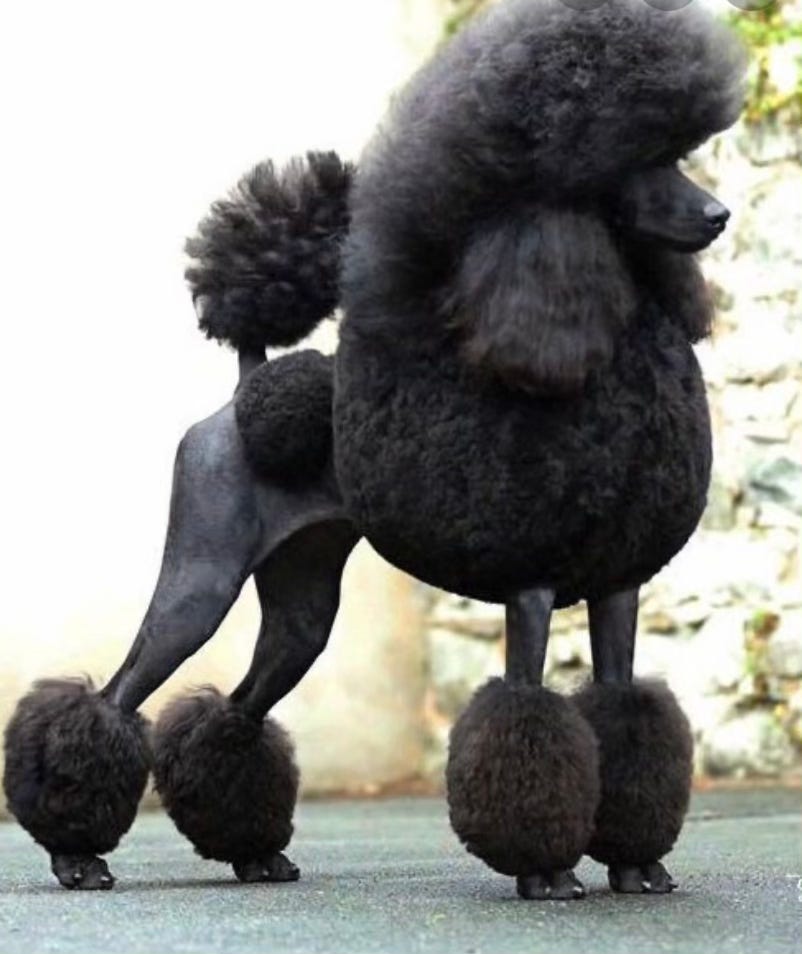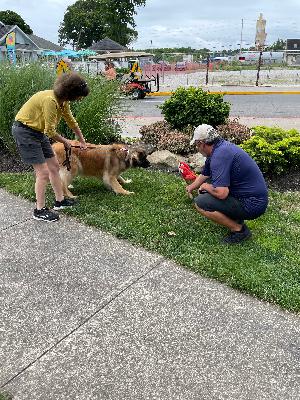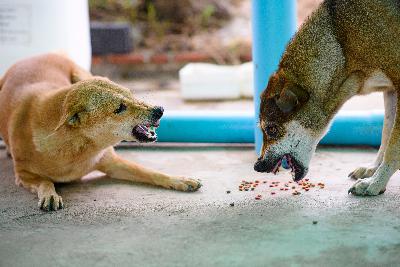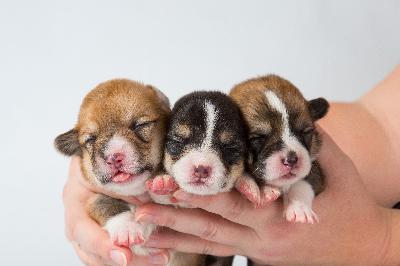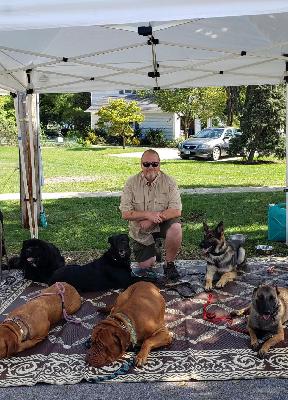Grooming with Sharyn
Description
Depending on your dog’s breed, you may be well acquainted with your favorite grooming salon. You might even have a preferred groomer who knows your dog and have established a trusting, reliable relationship with them. My guest, Sharyn Ugan, retired from Petco after 14 years of grooming cats and dogs. I met Sharyn over 10 years ago while working at Petco and also got to know some of the other groomers in the store. My dog training arena was right next to the salon. I would watch in awe how they would work tirelessly on various breeds. I was frequently amazed at the transformation from how the dog looked upon entering the salon and then leaving as a work of art with their pet parents.
Dog grooming isn’t only about brushing and cutting a dog’s coat. Most professional groomers check the ears, eyes, the mouth, and even the rear end! Grooming is also about the dog’s health and well being. Sometimes groomers find lumps and bumps that go unnoticed by their owners. They may be located in areas that the owner doesn’t pet on a daily basis. If the fur is overgrown, skin infections cannot be seen. The owner may think their dog is just itching a lot, and doesn’t realize there is a skin infection developing. Regular appointments with professional groomers and veterinarians keep the dog’s health in check.
Over the years, Sharyn has found numerous health issues while grooming. Before Sharyn became a full time groomer, she was a vet tech. She saw and treated a variety of health conditions that came into the vet office. This helped her recognize the signs of common ailments when she became a groomer, like ear infections, broken nails, and growths in hidden places. She even identified a swollen scrotum on a non-neutered male dog who ended up having testicular cancer! The owners had the dog neutered right away which extended his senior life by another 3 years.
Sharyn became interested in grooming when her best friend bought a kennel that came with a grooming salon. Sharyn learned from the woman who was the groomer in that salon and came to really enjoy it. Sharyn learned a lot from her but she really taught herself. Back then, groomers didn’t need to be certified. She used a workbook for groomers as a guide which showed pictures and described details of the standard cuts for all the different breeds.
“It’s just a matter of the more you do it, the easier it gets. You learn by trial and error”. Sharyn Ugan
For 24 years. Sharyn worked two jobs: a groomer and a vet tech, until she decided to just stick to grooming. She loved it and actually made more money than being a vet tech. Grooming is a lucrative business for the salon and the individual groomers. The popularity of all the doodles out there will keep them in business for a long time!
As Sharyn experienced, an unexpected benefit of the job was that she developed relationships with a lot of her repeat clients. It was these relationships that added a little something special to just being a groomer. I remember Sharyn showing me the gifts she would get at Christmas time. Her human clients loved her and her dog clients loved her even more!
When Sharyn worked at Petco, there were strict protocols in place. For example, it was required that puppies and dogs be up to date on all vaccines. Typically, puppies don’t get their rabies shot until at least 6 months old. It is essential to get them used to the salon as soon as they are fully vaccinated, so they don’t develop fear issues later. Sharyn’s advice to pet parents who rescue adult dogs is to take them to the salon about 3 to 4 weeks after they become accustomed to their new home. It is possible the rescue dog already had a bad experience with a groomer/grooming salon. Therefore, you don’t want to stress the dog out too much right after bringing them home.
Petco also changed their policy on using muzzles on dogs that showed signs of aggression. Groomers used to be able to muzzle these types of dogs who were getting something as basic as a nail trim. However, the company changed their policy on muzzles. They were no longer allowed. Instead, groomers were directed to start referring aggressive cases to their local veterinarian to avoid their employees getting bit. Vet offices will muzzle dogs and even sedate them if necessary.
When seeking out a grooming salon or individual groomer, it is worthwhile to find out what their policies are with dogs who have a hard time being manipulated. Get a tour of the salon so you can see where dogs are placed while they are being bathed, dried, and waiting to be picked up. Go at a busy time so you can hear the noise that your dog will hear. If your dog has fear issues, you may not want to expose your dog to such a hectic environment. Always have your dog’s best interest in mind.
At Petco and other corporate pet stores, there is usually a training program that involves being mentored by another groomer. When groomers first begin their apprenticeship, they get to know the dog by handling them on leash and leading them to the bathing area, shampooing and drying them, and learning how to get the dog up on the table to be worked on. Many dogs are fearful of the entire experience, so it is important to learn how to handle and manage a dog in this state of mind. It requires a lot of patience with calm and assertive energy.
Sharyn mentored plenty of apprentices who weren’t cut out for the job. They discovered they were more fearful of dogs than they thought they were. It can be a very stressful environment when dogs are barking while grooming a fearful dog, and being afraid of getting bit. Groomers should know they will get nipped and sometimes bit. It comes with the job!
Part of being a groomer is building a relationship not just with the dog but also with the client. When the client drops their dog off, Petco had a list of questions to ask them which included if there were any changes in the dog’s health. Groomers were instructed to have the dog walk into the salon instead of being carried. This way they could confirm that the dog didn’t have mobility issues. Sharyn would always do a quick check up before the client left for fleas, sore spots, and anything that might affect her grooming.
Sharyn found the best approach with clients was to be honest and upfront. If she found fleas or ticks, she would put them in a baggie to show the client, in case they were in disbelief. If she found any health issues, she would bring it to the client’s attention. If the dog was having an “off” day, or the dog was so stressed out from the noises in the salon, she would call the client to have the dog picked up as soon as possible.
One time, Sharyn was only able to groom half of the dog because it was so stressed out. She had the client bring the dog back after a week to finish the rest. Sometimes, the dog wouldn’t exhibit any aggression or fear until they were put up on the grooming table. If the dog was wiggling and thrashing about so much that it impeded working on the dog, the client would be contacted to pick up their dog. It was a matter of the dog and the groomer possibly getting hurt. Whatever needed to be done that was best for the well being of the dog, Sharyn would act accordingly. She was always her client’s best advocate.
Sharyn not only groomed dogs, but also cats. It had to be a special cat to tolerate a noisy salon and be surrounded by dogs. Some cat clients would shave their long haired cats because it was easier to maintain a short coat and it would also keep hairballs in check. One thing to keep in mind when shaving a cat or a dog is that it can damage the follicles, making it difficult for the coat to grow back in. The fur will grow back in different places and not in others. Sometimes, it doesn’t grow back at all.
Sharyn had a longhaired Scottish Fold named Marshall who she would use as a teaching tool for apprentices to learn how to shave and work with cats. Marshall lived a nice long life and died at the age of 22! Almost unheard of for a cat!!
One common issue that groomers deal with is when the fur gets tangled and forms knots, called matting. This is a painful condition especially when the mats are close to the skin. It actually starts pulling on the skin. Sometimes mats can be brushed out, but more often than not, they have to be cut or shaved out with clippers. Breeds like Poodles, Doodles with tight curls, and Shih Tzus, are more apt to get mats. Daily brushing can keep long coats in check to avoid matting.
In reality, any breed of dog can get mats. They can be formed by:
* lack of regular brushing
* not using the correct type of brush
* loose fur that hasn’t been blown out periodically (like Samoyeds and Huskies)
* moisture and dirt
* friction due to harnesses, sweaters and even petting behind the ears
* areas that are frequently overlooked when brushing (under carriage, private parts)
* excessive itching due to skin infections or parasites
Sharyn says a misconception about matting with most people is that if they give the dog a bath first, then it will be easier to brush out the mats. The moisture actually makes it worse. What should happen instead is that the dog gets blown out with a high powered dryer and then brushed. Then, mats that can be cut or teased out with scissors are worked on first. The mats that are located in hard to reach spots or close to the skin get shaved off with clippers. If the dog is covered with mats, the whole body will be shaved. In rare cases, mats are so severe that amputation is the only option, I have seen this happen when people have rescued a dog that has been neglected for a long time.
Clippers are a gentler way of


